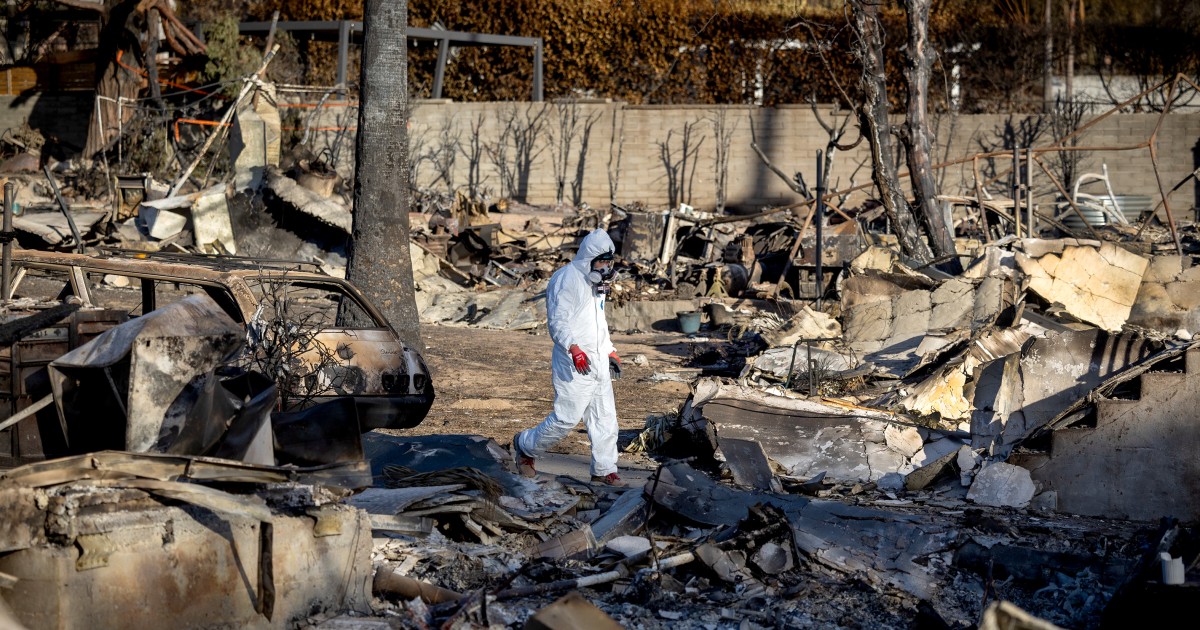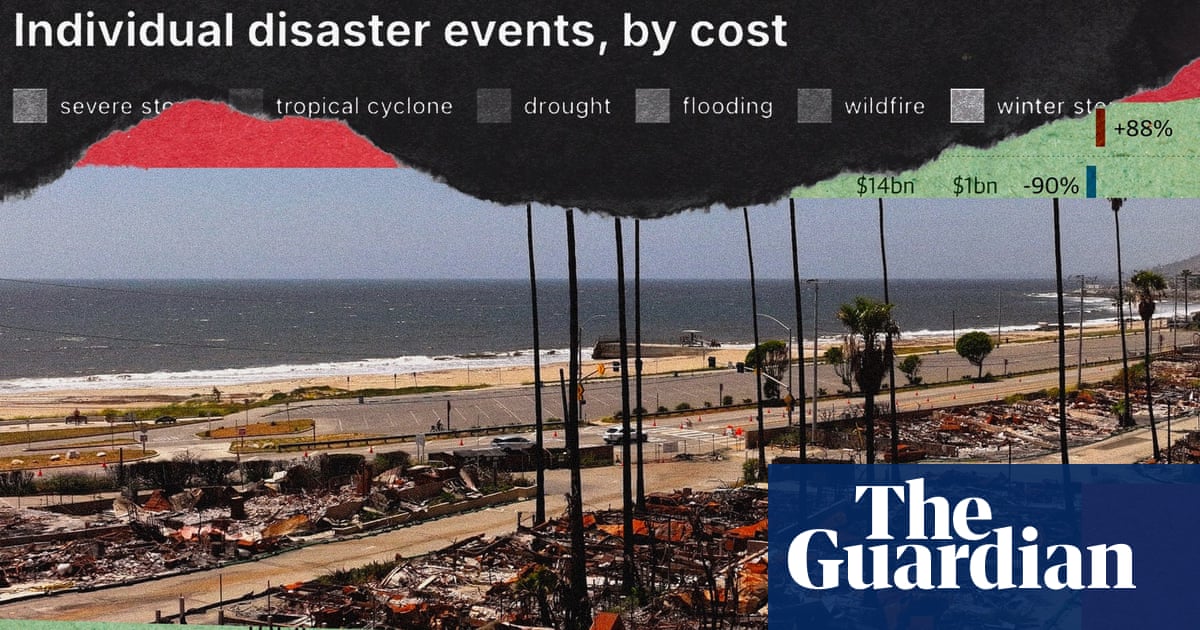US Experiences Record-Breaking Weather Disaster Costs in First Half of 2025
The United States faced its costliest weather and climate disasters on record in the first half of 2025, including a $61 billion Los Angeles wildfire, amidst concerns over data tracking.
Subscribe to unlock this story
We really don't like cutting you off, but you've reached your monthly limit. At just $5/month, subscriptions are how we keep this project going. Start your free 7-day trial today!
Get StartedHave an account? Sign in
Overview
- The first half of 2025 marked the costliest period for weather and climate disasters in the United States, according to research from that year.
- During these six months, 14 separate weather events in the US each caused over $1 billion in damages, contributing to the record-breaking financial impact.
- The January wildfires in Los Angeles alone inflicted over $61 billion in damage, making it the most expensive wildfire event ever recorded.
- This single Los Angeles wildfire accounted for more than half of the total estimated damages across all weather events in the first half of 2025.
- The Trump administration previously cut the NOAA program that tracked weather events causing over $1 billion in damage, impacting current data availability on such costly disasters.
Report issue

Read both sides in 5 minutes each day
Analysis
Center-leaning sources frame this story by emphasizing the critical importance of tracking billion-dollar disaster costs, highlighting the void left by the federal government's discontinuation of the NOAA program. They underscore the necessity for private organizations to step in, implicitly critiquing the government's shift in priorities and the impact on crucial public data.
Articles (3)
Center (2)
FAQ
The $61 billion in damage from the Los Angeles wildfire in 2025 is the most expensive wildfire event ever recorded in the United States—far surpassing previous records. Earlier billion-dollar wildfire losses were significantly lower, and this single event accounted for over half of all weather-related damage in the first half of 2025.
In addition to the Los Angeles wildfire, the United States experienced a range of severe weather and climate disasters in early 2025, including spring storms, destructive tornadoes, and possibly droughts, floods, or other events. These 14 separate disasters each caused over $1 billion in damages, collectively raising the total to unprecedented levels.
The NOAA program tracking billion-dollar disasters was cut during the Trump administration, likely for budgetary or policy reasons. This interruption has affected the continuity and availability of comprehensive, long-term data on costly disasters, potentially hindering historical comparisons, trend analysis, and informed policy-making.
In 2025, there were 14 billion-dollar disasters in just six months. This frequency is exceptionally high, as the average time between such disasters in recent years (2023–2024) was about 12 days, and in the last decade (2015–2024) it was 19 days, compared to 82 days in the 1980s.
The NOAA billion-dollar disaster tracking program has been revived, according to recent reports. The team plans to expand the scope to include events causing at least $100 million in losses, in order to better capture the broader impacts of smaller and mid-sized disasters.
History
- This story does not have any previous versions.

